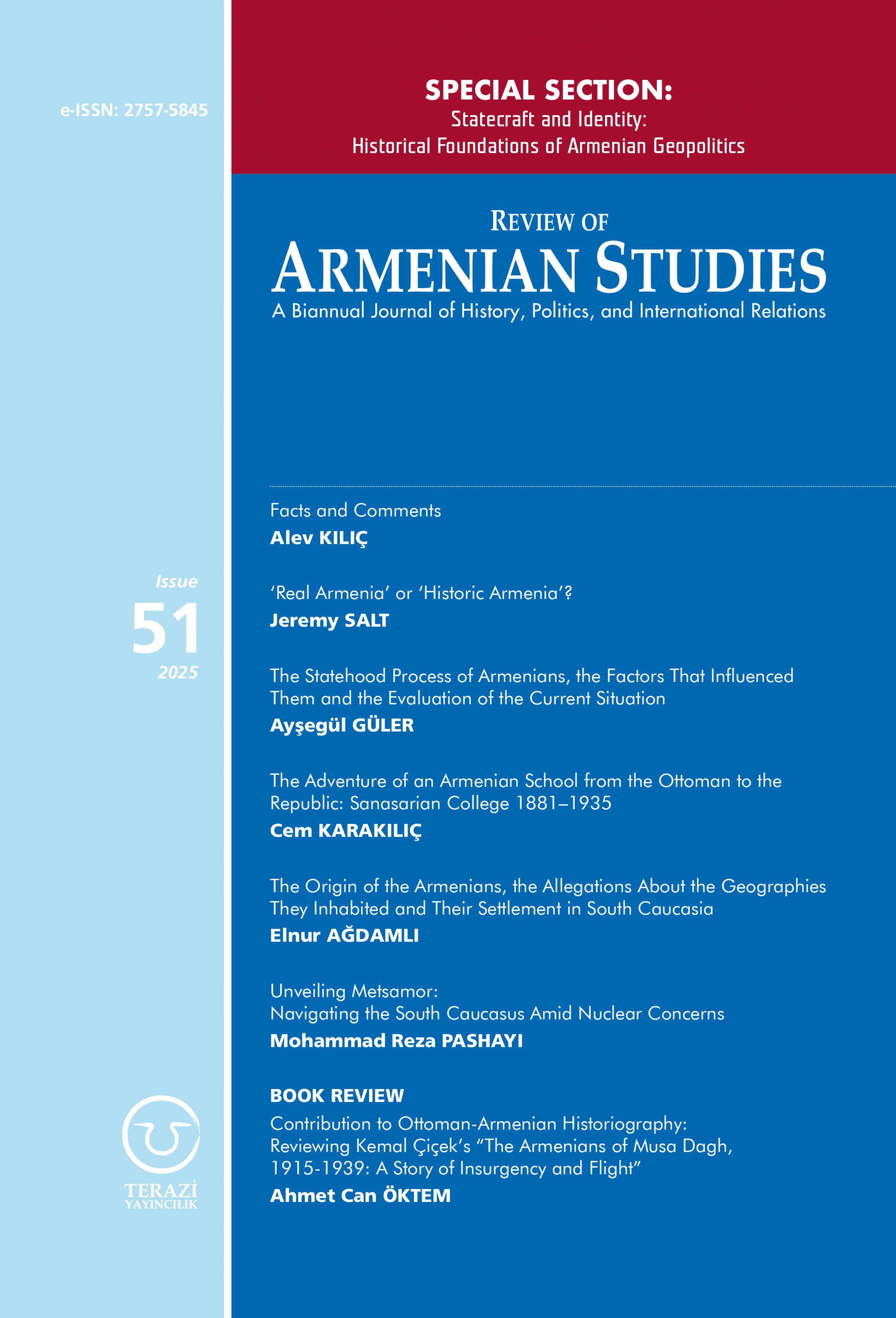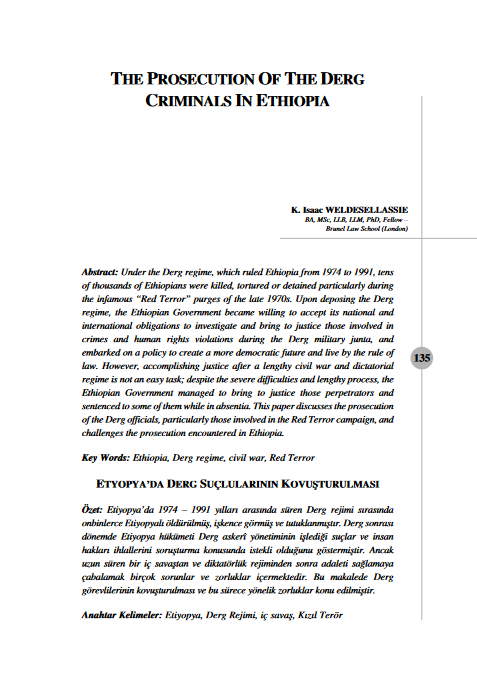22 March 2017
APA
Over the past 24 hours, Armenia’s armed forces have 143 times violated the ceasefire along the line of contact between Azerbaijani and Armenian troops, Azerbaijan’s Ministry of Defense told APA on March 22.
The Azerbaijani army positions located in Jafarli, Gushchu Ayrim, Qaymagli and Kamarli villages of Azerbaijan’s Gazakh district came under fire from the Armenian army positions located on nameless heights of Ijevan district and in Shavarshavan, Voskevan, Barekamavan villages of Noyemberyan district of Armenia.
Meanwhile, the Azerbaijani army positions located in Munjuglu, Aghbulag villages and on nameless heights of Azerbaijan’s Tovuz district were shelled from the Armenian army positions located in Chinari village and on nameless heights of Armenia’s Berd district.
The Azerbaijani army positions located on nameless heights of Gadabay district also underwent fire from the Armenian army positions located on nameless heights of Armenia’s Krasnoselsk district.
Moreover, the Azerbaijani army positions were shelled from the Armenian positions located near the Armenian-occupied Chilaburt village of Tartar district, Garagashli, Bash Garvand, Shikhlar villages of Aghdam district, Kuropatkino village of Khojavand district, Ashagi Veysalli, Horadiz, Garakhanbayli, Ashagi Seyidahmadli villages of Fuzuli district, Mehdili village of Jabrayil district, as well as from the positions located on nameless heights of Goranboy, Tartar, Khojavand, Fuzuli and Jabrayil districts of Azerbaijan.
The Nagorno-Karabakh conflict entered its modern phase when the Armenian SRR made territorial claims against the Azerbaijani SSR in 1988.
A fierce war broke out between Azerbaijan and Armenia over the Nagorno-Karabakh region of Azerbaijan. As a result of the war, Armenian armed forces occupied some 20 percent of Azerbaijani territory which includes Nagorno-Karabakh and seven adjacent districts (Lachin, Kalbajar, Aghdam, Fuzuli, Jabrayil, Gubadli and Zangilan), and over a million Azerbaijanis became refugees and internally displaced people.
The military operations finally came to an end when Azerbaijan and Armenia signed a ceasefire agreement in Bishkek in 1994.
Dealing with the settlement of the Nagorno-Karabakh conflict is the OSCE Minsk Group, which was created after the meeting of the CSCE (OSCE after the Budapest summit held in Dec.1994) Ministerial Council in Helsinki on 24 March 1992. The Group’s members include Azerbaijan, Armenia, Russia, the United States, France, Italy, Germany, Turkey, Belarus, Finland and Sweden.
Besides, the OSCE Minsk Group has a co-chairmanship institution, comprised of Russian, the US and French co-chairs, which began operating in 1996.
Resolutions 822, 853, 874 and 884 of the UN Security Council, which were passed in short intervals in 1993, and other resolutions adopted by the UN General Assembly, PACE, OSCE, OIC, and other organizations require Armenia to unconditionally withdraw its troops from Nagorno-Karabakh.
No comments yet.
- RUSSIA-CHINA ARMS SALES STOKE US AIR SUPERIORITY FEARS Asia - Pacific 22.03.2017
- FRANCE'S FAR-RIGHT LEADER MARINE LE PEN VISITS CHAD Europe - EU 22.03.2017
- BLOCKADE ON BORDER WITH TURKEY LIFTED The Balkans 22.03.2017
- ISIS BATTLES U.S.-BACKED TROOPS TO VICIOUS STANDOFF IN MOSUL Iraq 22.03.2017
- UN CAUTIONS AGAINST FLYING KURDISH FLAG IN KIRKUK Iraq 22.03.2017
-
25.01.2016
THE ARMENIAN QUESTION - BASIC KNOWLEDGE AND DOCUMENTATION -
12.06.2024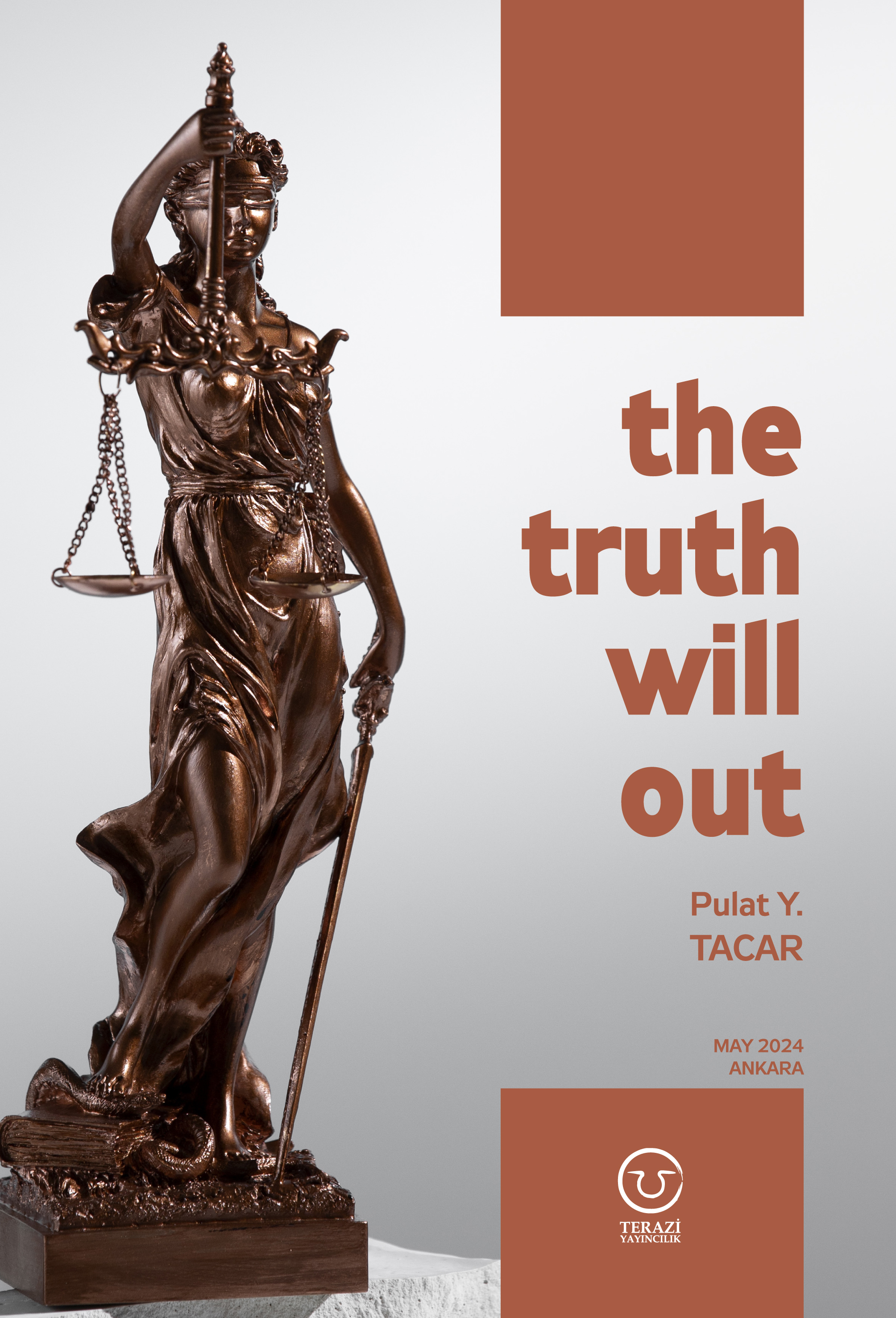
THE TRUTH WILL OUT -
27.03.2023
RADİKAL ERMENİ UNSURLARCA GERÇEKLEŞTİRİLEN MEZALİMLER VE VANDALİZM -
17.03.2023
PATRIOTISM PERVERTED -
23.02.2023
MEN ARE LIKE THAT -
03.02.2023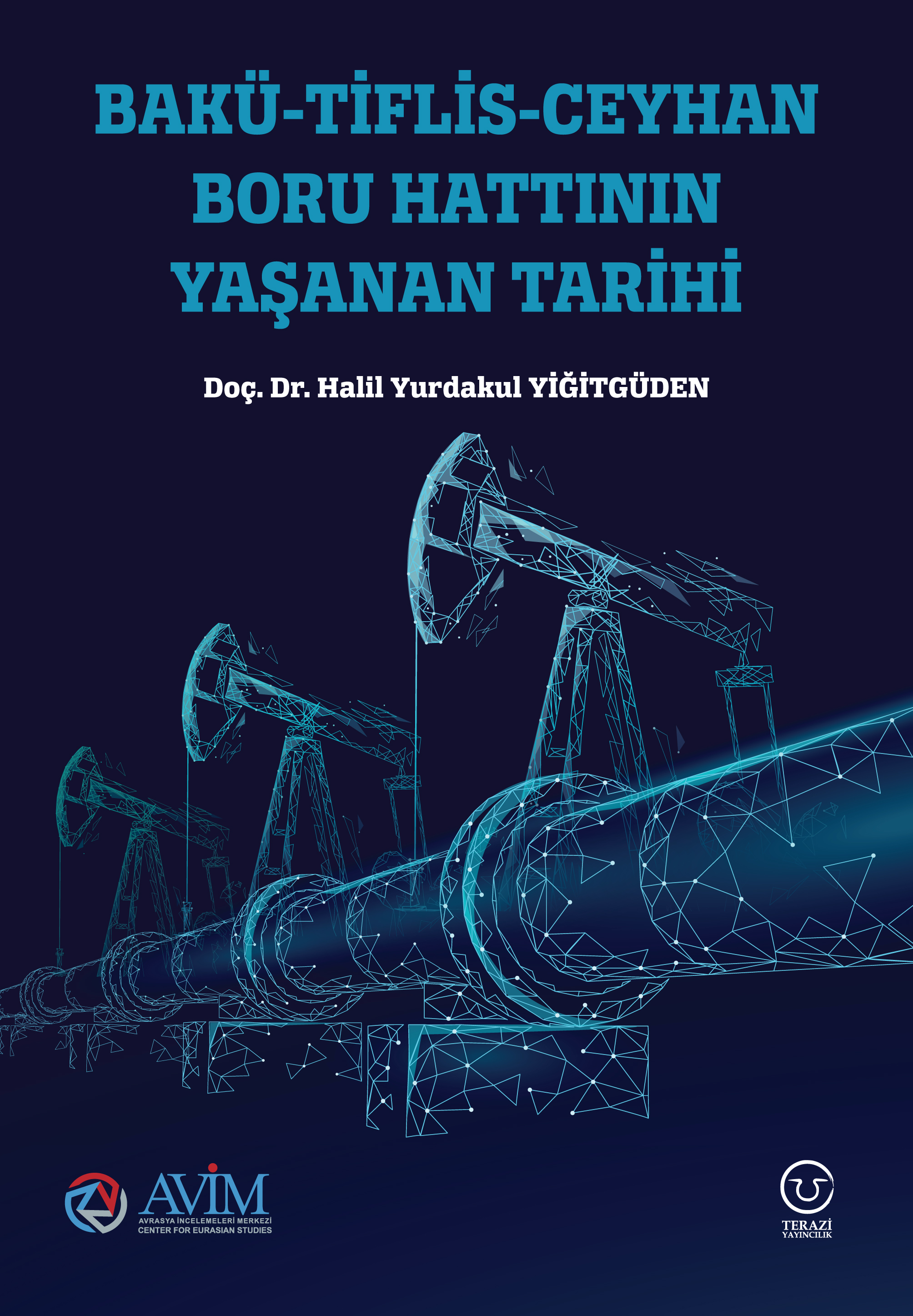
BAKÜ-TİFLİS-CEYHAN BORU HATTININ YAŞANAN TARİHİ -
16.12.2022
INTERNATIONAL SCHOLARS ON THE EVENTS OF 1915 -
07.12.2022
FAKE PHOTOS AND THE ARMENIAN PROPAGANDA -
07.12.2022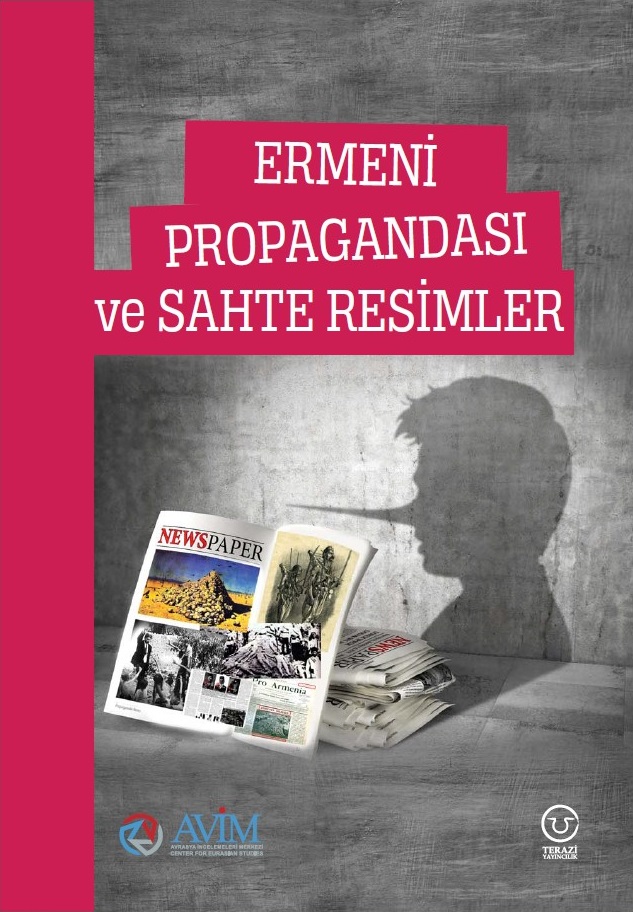
ERMENİ PROPAGANDASI VE SAHTE RESİMLER -
01.01.2022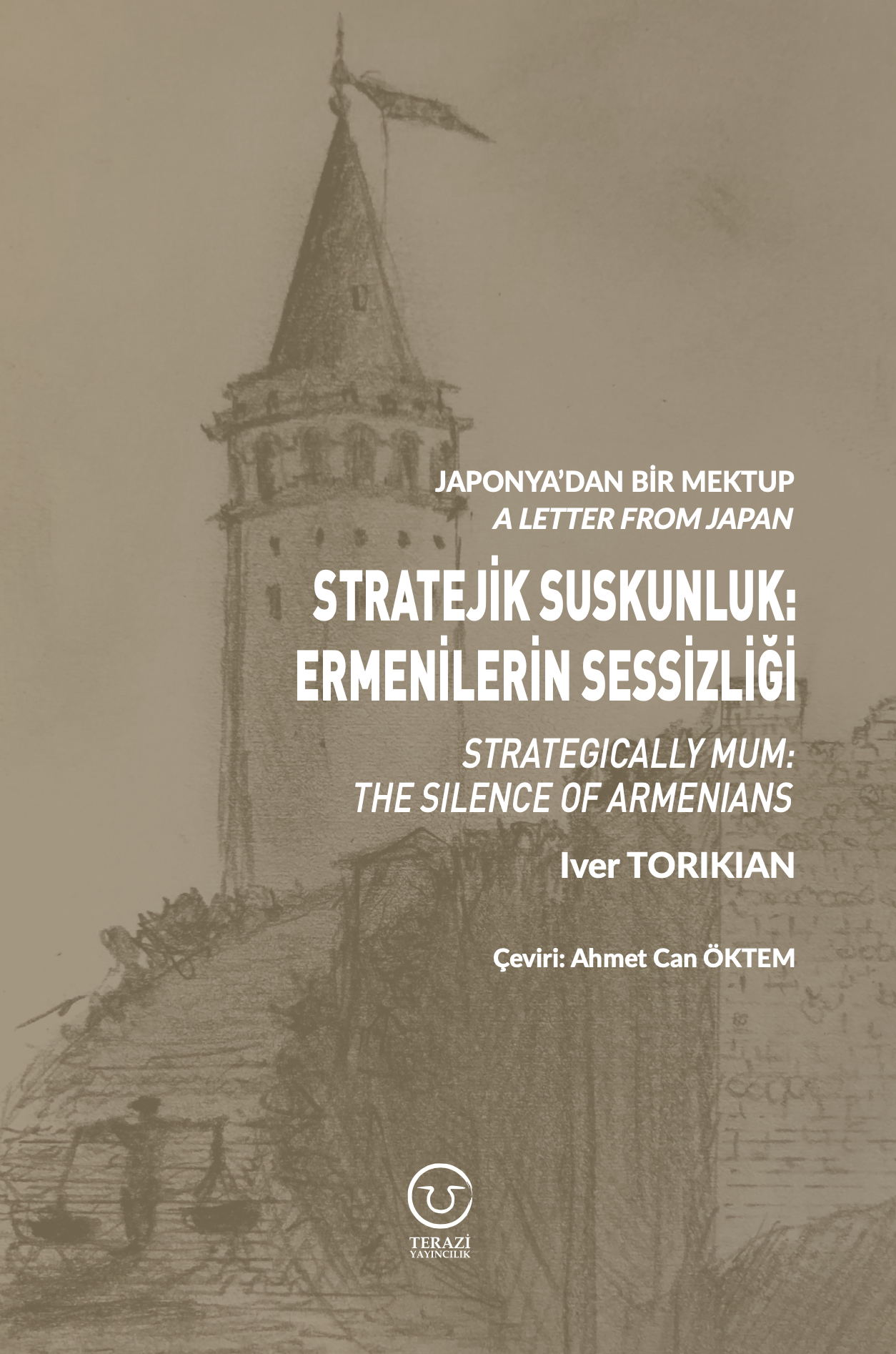
A Letter From Japan - Strategically Mum: The Silence of the Armenians -
01.01.2022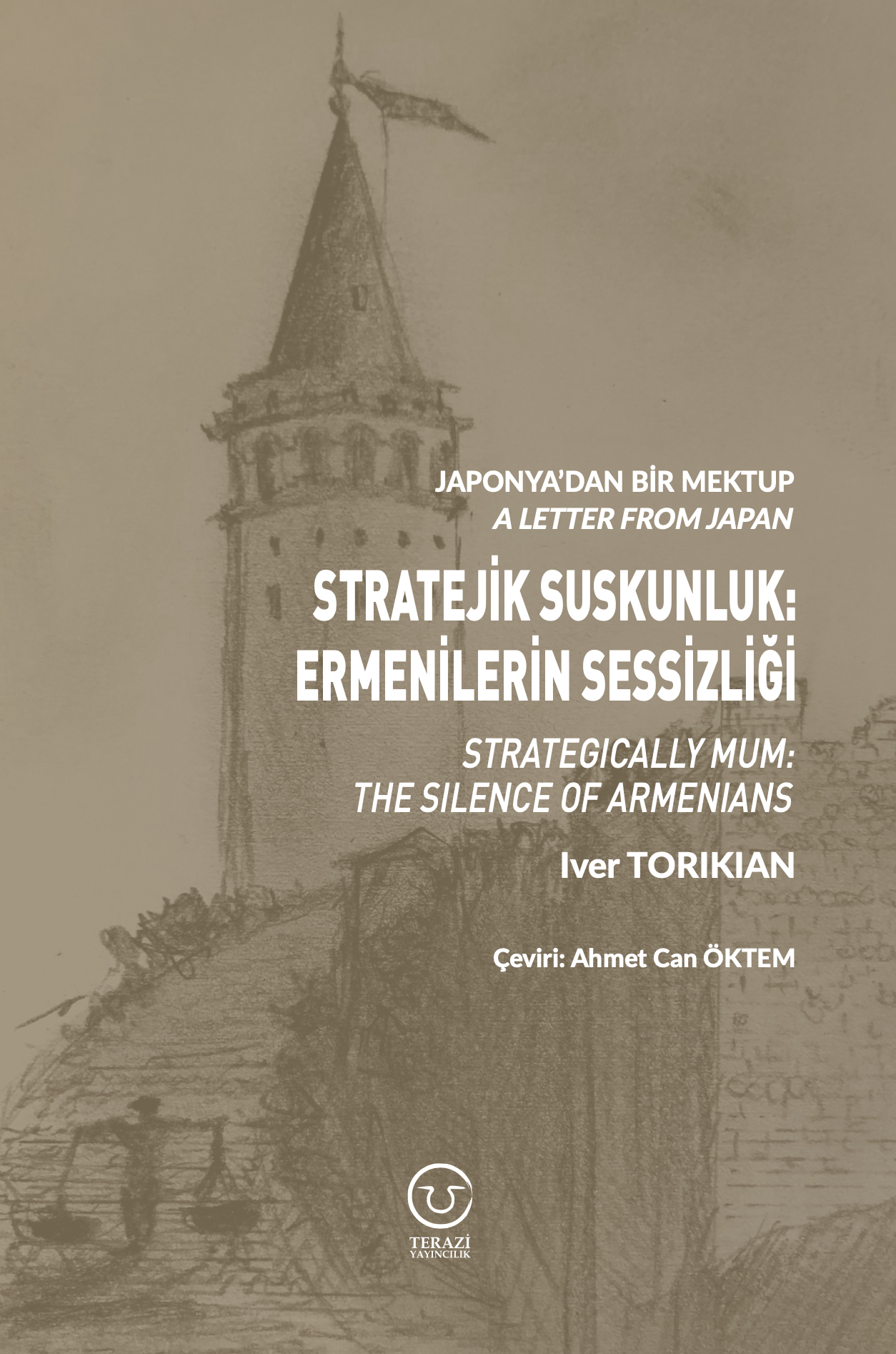
Japonya'dan Bir Mektup - Stratejik Suskunluk: Ermenilerin Sessizliği -
03.06.2020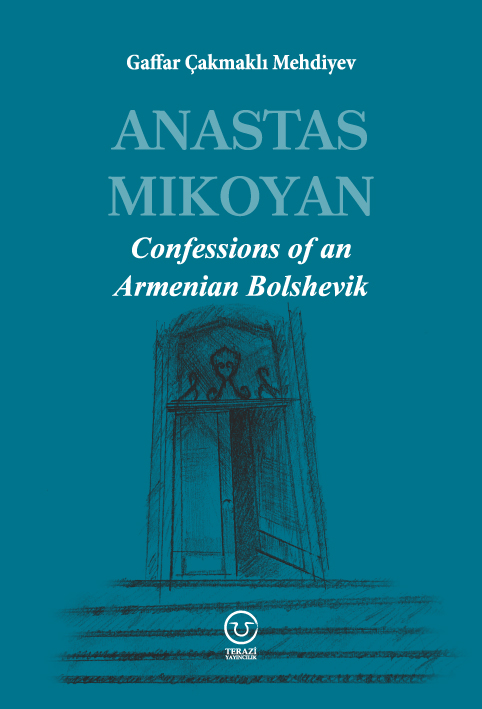
Anastas Mikoyan: Confessions of an Armenian Bolshevik -
08.04.2020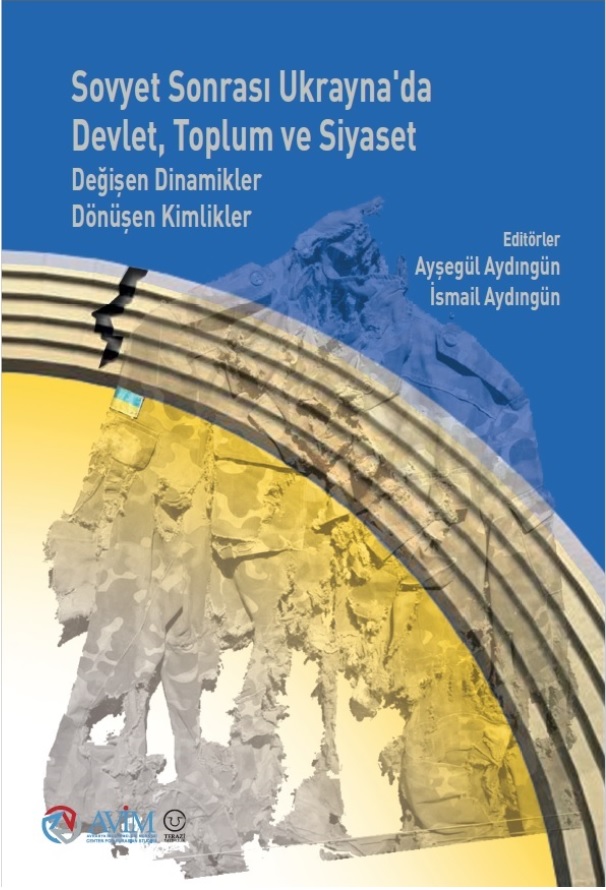
Sovyet Sonrası Ukrayna’da Devlet, Toplum ve Siyaset - Değişen Dinamikler, Dönüşen Kimlikler -
12.06.2018
Ermeni Sorunuyla İlgili İngiliz Belgeleri (1912-1923) - British Documents on Armenian Question (1912-1923) -
02.12.2016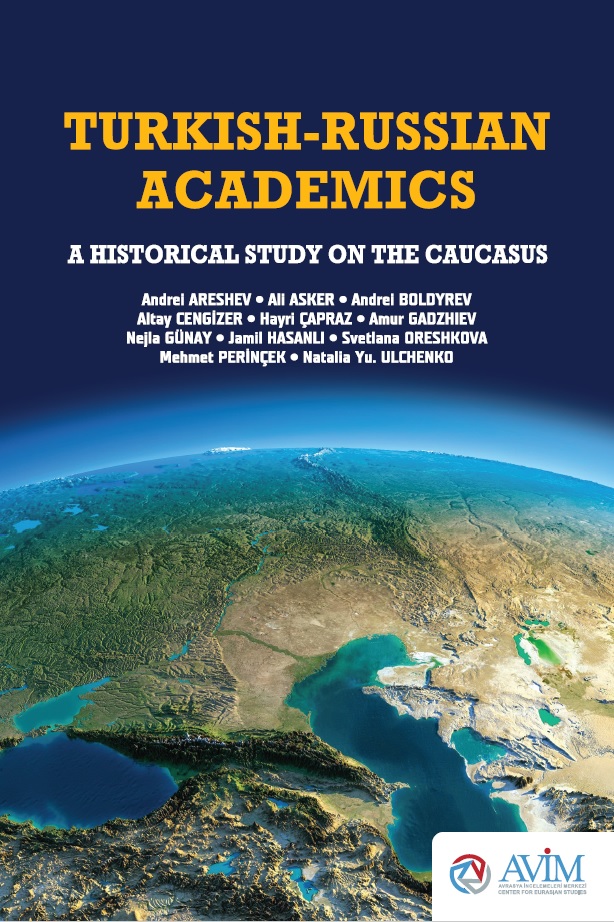
Turkish-Russian Academics: A Historical Study on the Caucasus -
01.07.2016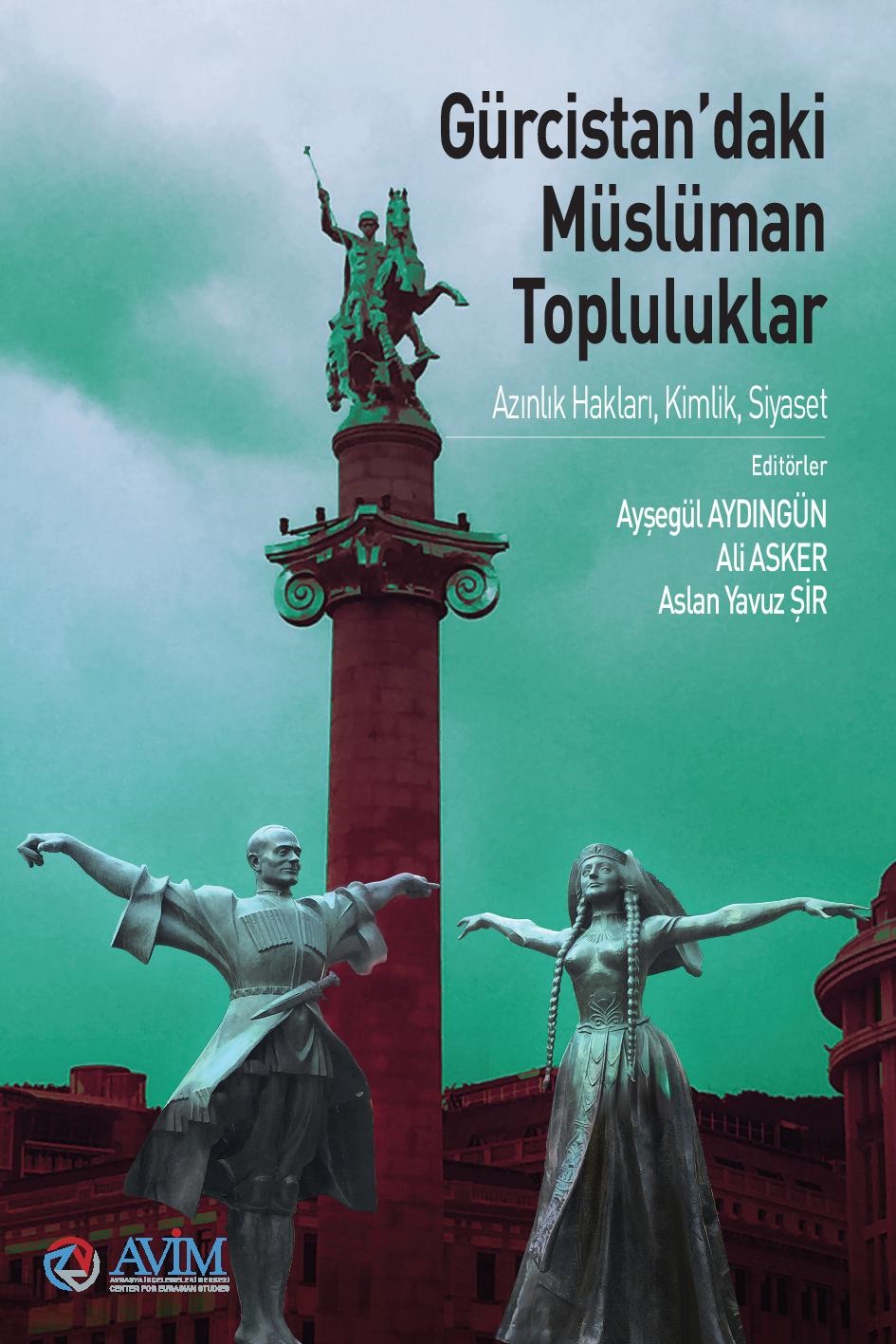
Gürcistan'daki Müslüman Topluluklar: Azınlık Hakları, Kimlik, Siyaset -
10.03.2016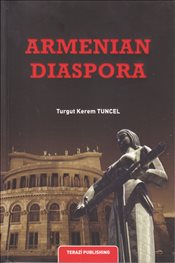
Armenian Diaspora: Diaspora, State and the Imagination of the Republic of Armenia -
24.01.2016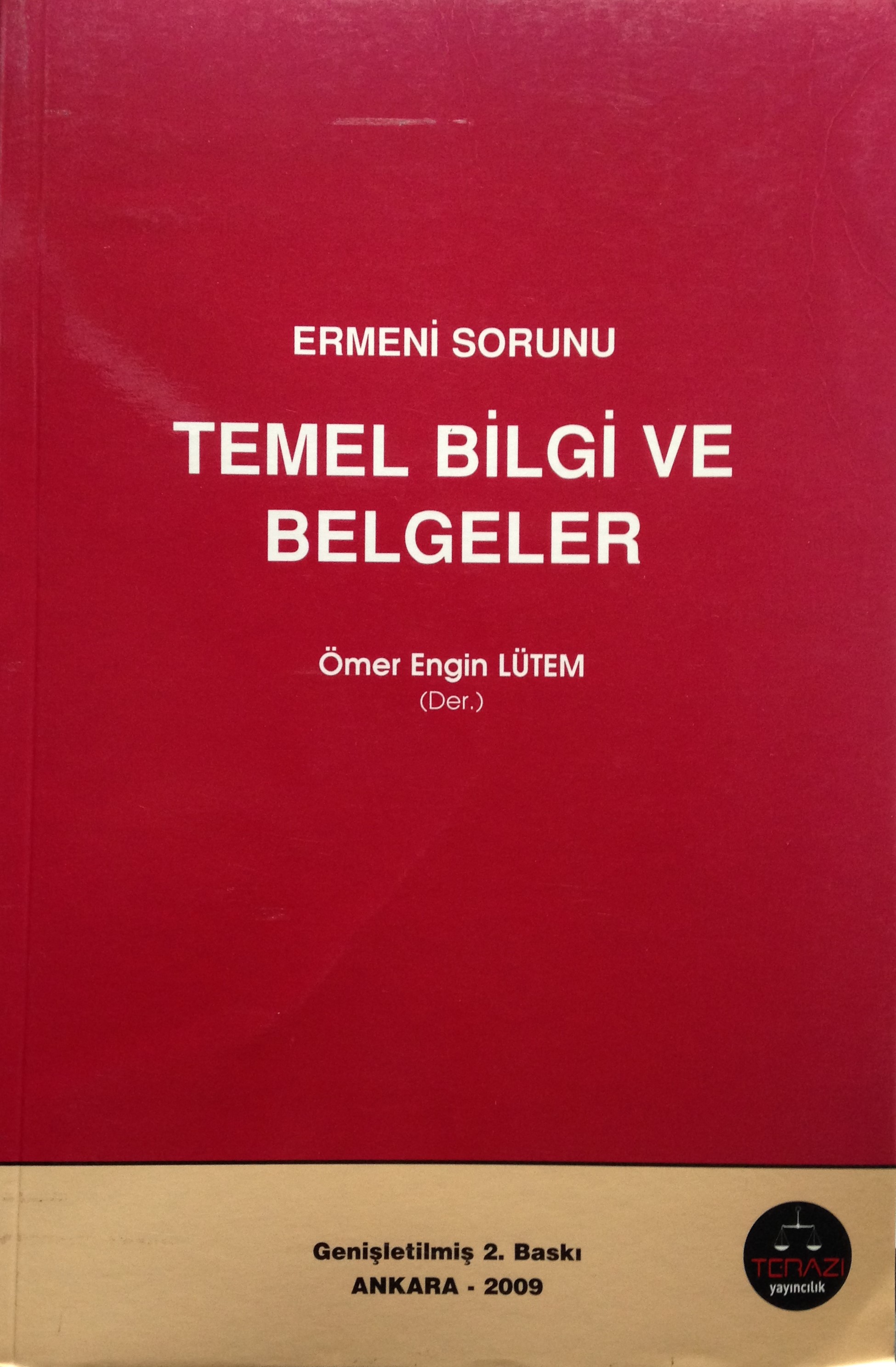
ERMENİ SORUNU - TEMEL BİLGİ VE BELGELER (2. BASKI)
-
AVİM Conference Hall 24.01.2023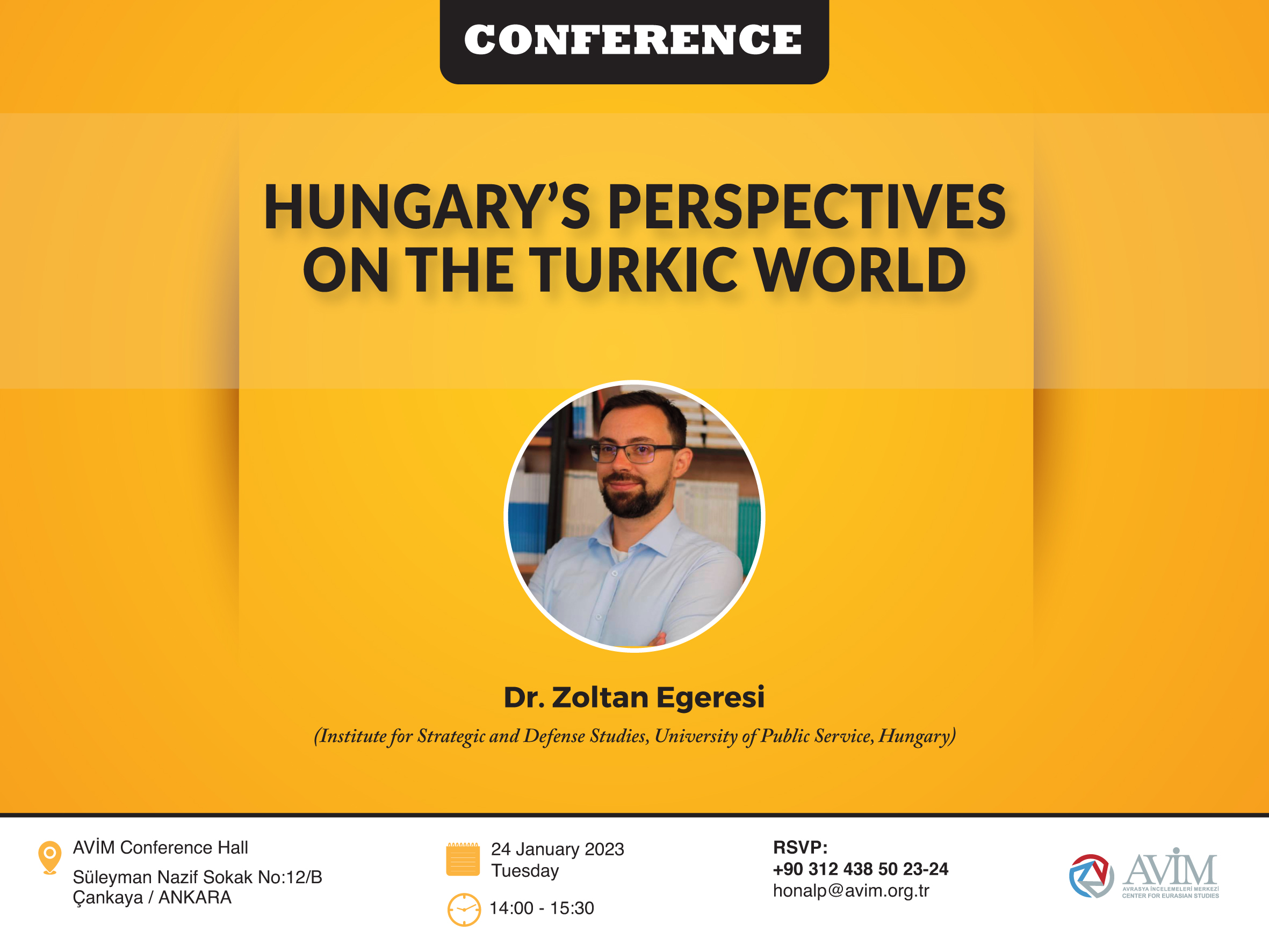
CONFERENCE TITLED “HUNGARY’S PERSPECTIVES ON THE TURKIC WORLD"


